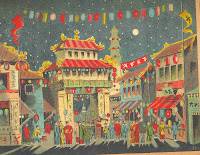I am from Sydney, so I don't know Melbourne very well. Fortunately I have a guide for the post today.
It's a book called
Magical Nights at the Theatre by Charles Waller, a magician.
Actually it is a collection of Waller's accounts of vaudeville performances put together by Gerald Taylor. It's a rare book of 1000 copies, but it's a great reading and reference source.
In the first few pages of Magical Nights there is a map of Melbourne theatre locations.So thanks to Charles Waller and Gerald Taylor, here is some information about them.
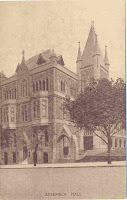
Firstly, The Assembly Hall,located on Collins Street between Swanston and Russell.


Above is the Princess Theatre. Melbourne tends to preserve its buildings far better than Sydney and so the Princess Theatre can still be visited at Spring Street. It was here that J C Williamson ran his Melbourne business and it was here that 13 year old Carrie Moore auditioned for the great man. The black and white picture is dated 1908.

Her Majesty's Theatre on the corner of Exhibition and Little Bourke Streets. This was J C Williamson's other theatre. He leased it, renovated it and changed its name from the Alexandra. The Royal Comic Opera Company used this as their second home.

The Town Hall Melbourne. The Town Hall hosted some famous acts, including the amazing Davenport Brothers, the most famous spiritualists in the known world in 1876.

Finally a repeated photo to complete the set. The Opera House ( later the Tivoli) and Bijou Theatres in Bourke Street between Swanston and Russell Streets. As in Sydney where the Tivoli and National Amphitheatre were virtually neighbours, the two major popular theatres in Melbourne were also close together.
The people of Melbourne do not seem to be afflicted with the dreaded destoy and rebuild disease so prevalent in Sydney. I hope their immunity continues. Sydney, of course, remains the best city of Australia, despite her dreadful affliction.










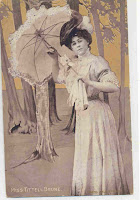




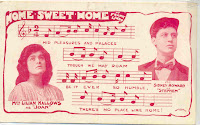







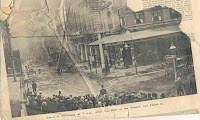
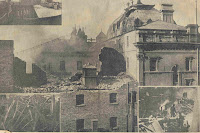

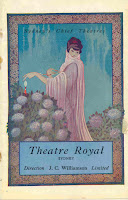

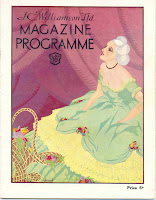


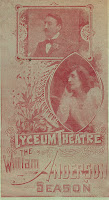
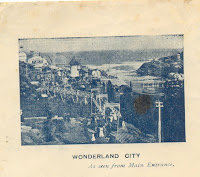
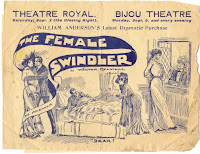

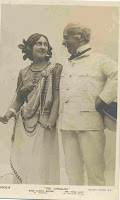

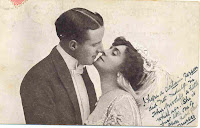







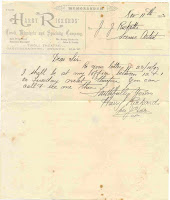
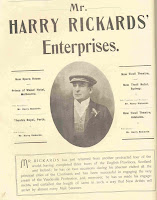 Finally, below is a 19th Century postcard of the New Opera House in Melbourne. It was later called the Tivoli and was run by Rickards. A shopping mall now stands on the site.
Finally, below is a 19th Century postcard of the New Opera House in Melbourne. It was later called the Tivoli and was run by Rickards. A shopping mall now stands on the site.

